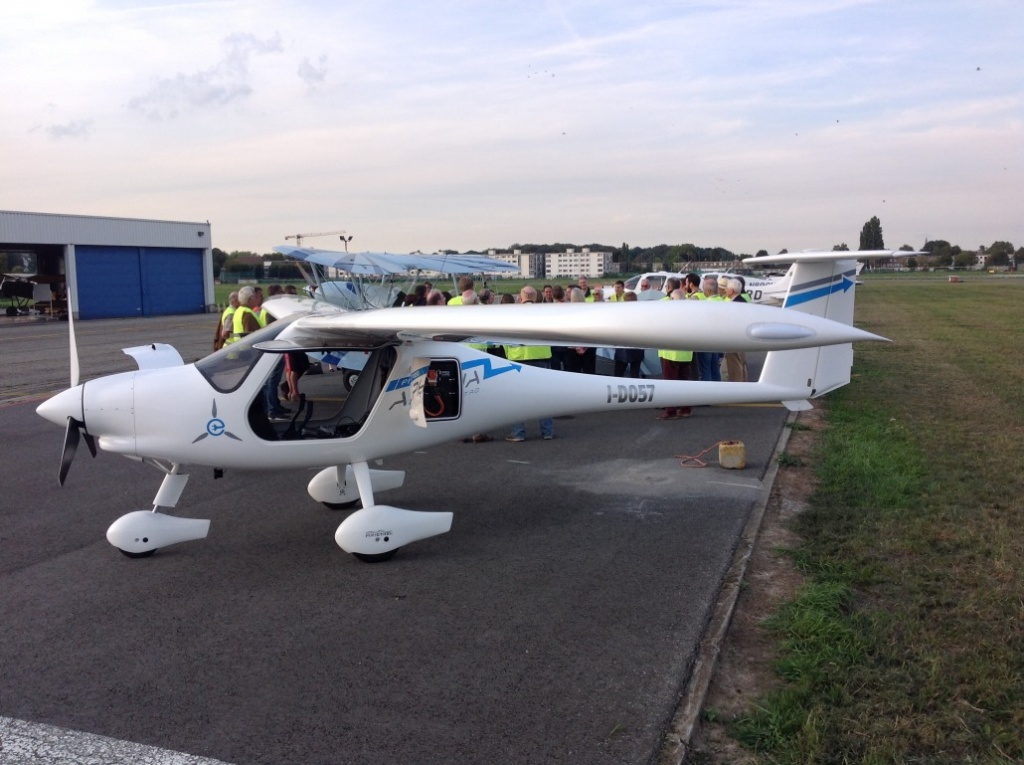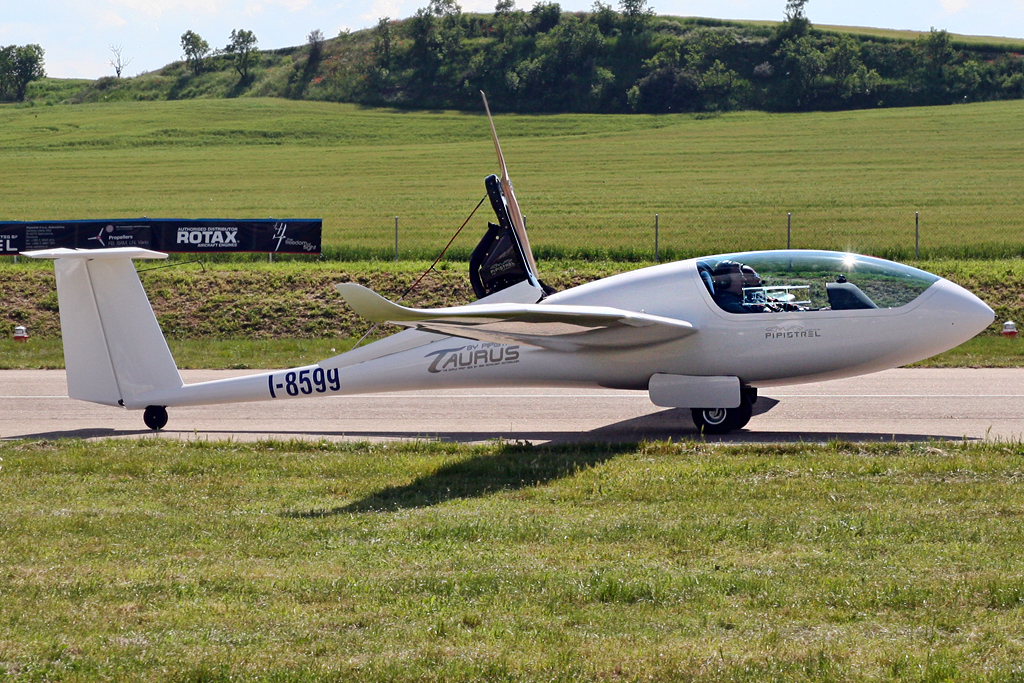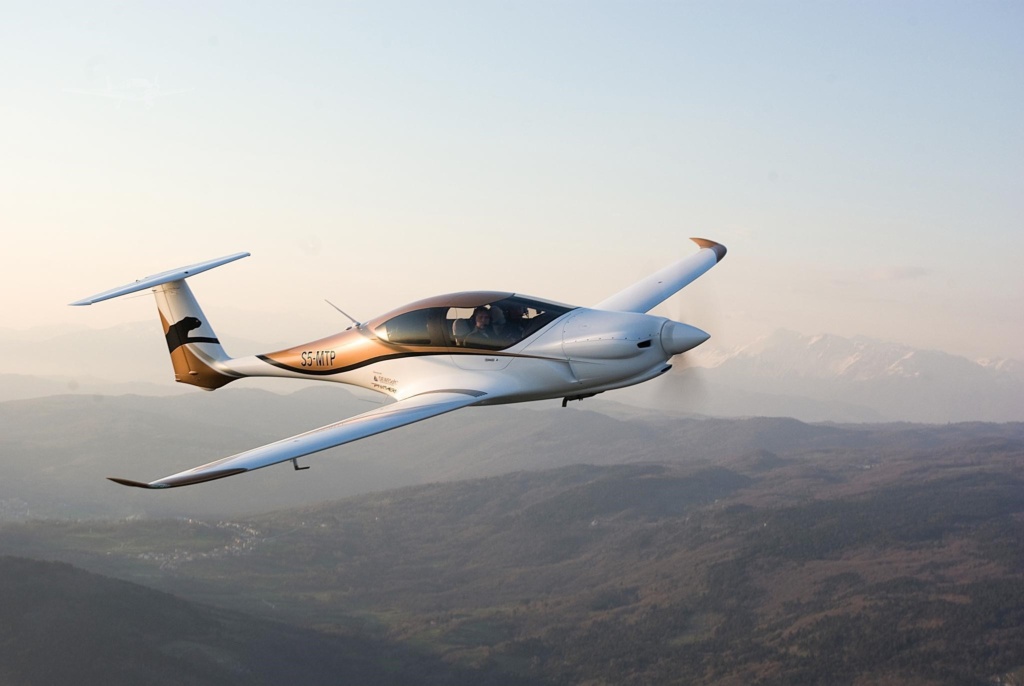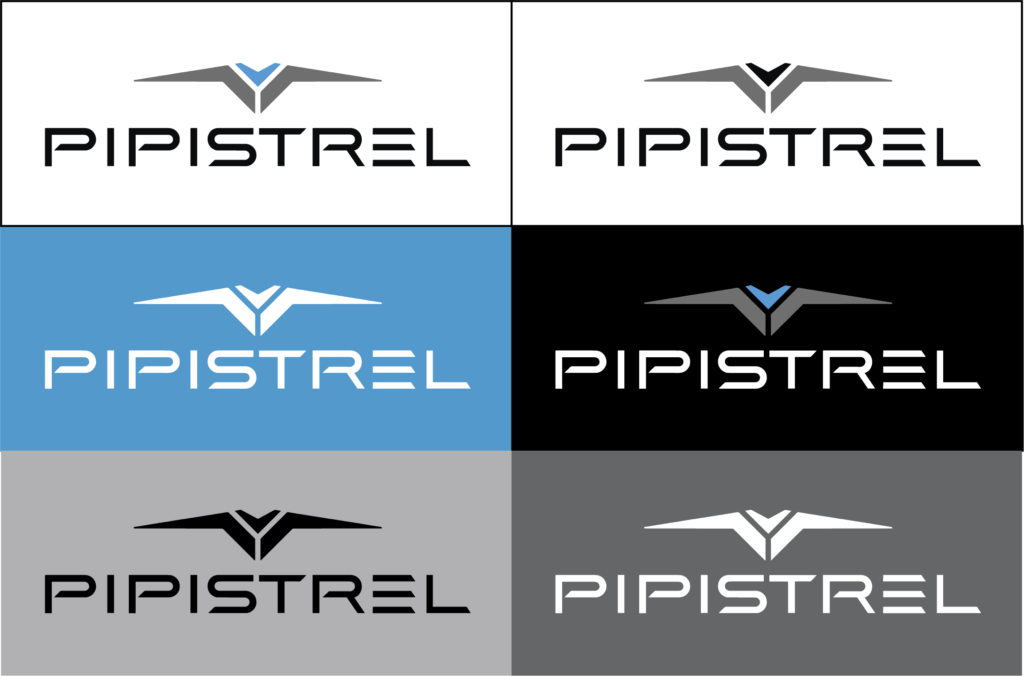Hypstair Project
Hypstair Project

Pipistrel, founded in 1989 by Ivo Boscarol, is a Slovenian light aircraft manufacturer based in Ajdovščina. Its facilities are located in Ajdovščina, Slovenia, and near Gorizia, Italy. Initially specialising in the production of motor-driven hang gliders designed by Boscarol, it expanded its range in the mid-1990s to the production of ultralight aircraft similar to full-size aeroplanes, with the Sinus being one of the first models mass-produced from composite materials. In 2022, the company was acquired by Textron.
MBVision in Pipistrel
MBVision’s role in Pipistrel has taken on many facets, from livery design to corporate branding. MBVision, together with Pipiscrel, worked on EU-funded projects, and at Pipistrel the brand communication work took on a crucial role for the company, which gained momentum in the aviation sector until Textron concluded an agreement in March 2022 to purchase Pipistrel and form a new division for the development of electric aircraft, called Textron eAviation.
Hypstair project
The project
In February 2016, Pipistrel commissioned the most powerful hybrid-electric powertrain ever used in aviation, as part of the HYPSTAIR project. An EU-funded project to support hybrid propulsion for light aircraft.
The main objective of the HYPSTAIR project was the development of a new, more environmentally friendly propulsion system to pave the way for one of the aviation industry’s solutions to reduce the environmental impact of air travel.
towards hybrid propulsion
MBVision was one of the partners for both HMI development, instrumentation development and cockpit design, as well as project communication.
The HYPSTAIR project was developed through a collaboration with Pipistrel (leader), Siemens, and the Universities of Maribor and Pisa. A design, research and knowledge process that involved an international teem gathered to give rise to an EU-funded project.
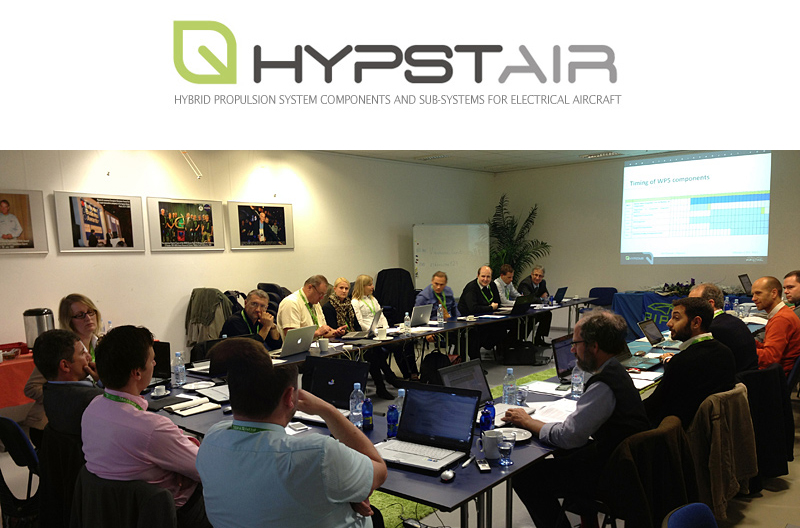
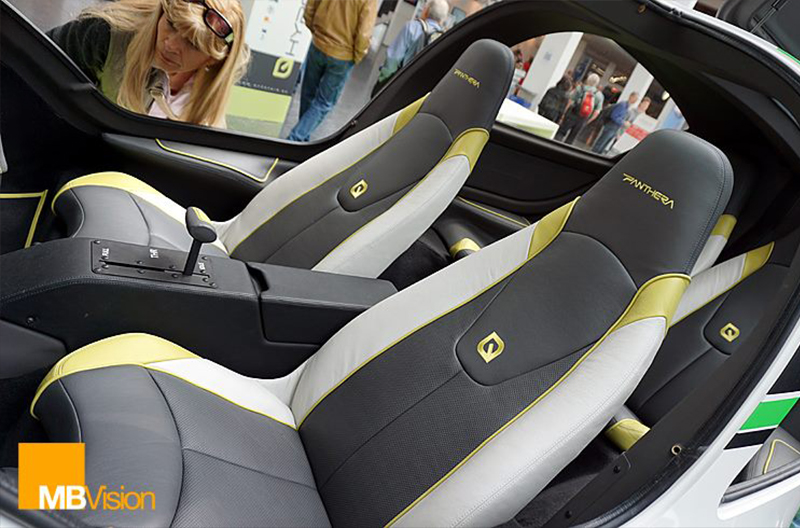
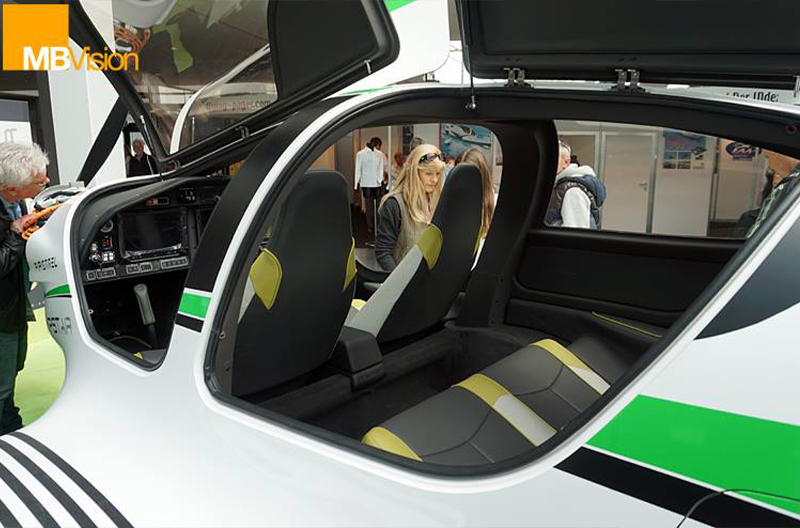
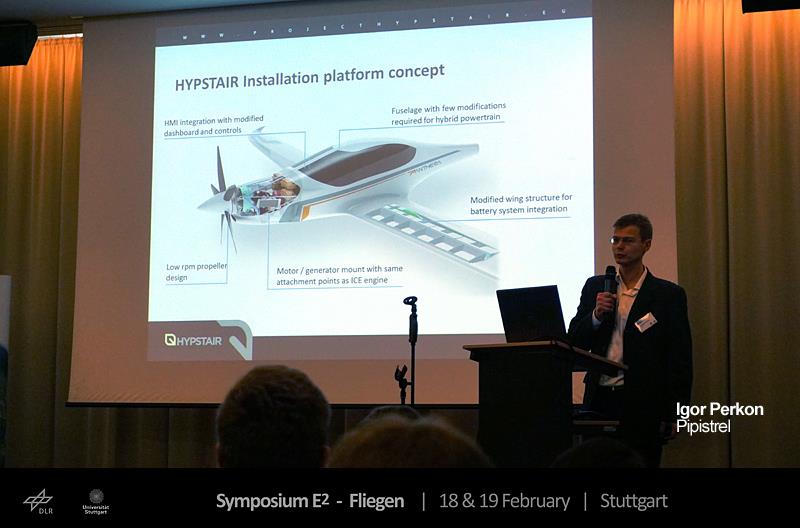
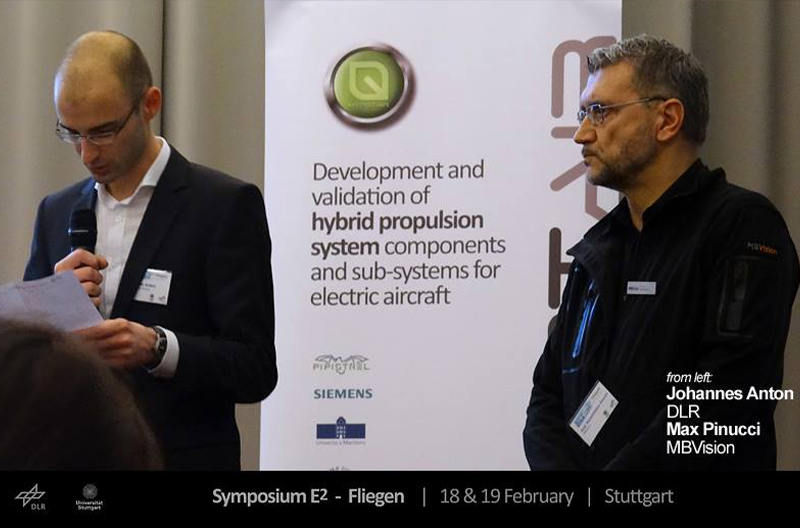
hmi
An innovative and technically complex hybrid aircraft requires a different human-machine interaction designed to increase the level of safety and decrease the possibility of human error. With this in mind, the project developed a human-machine interface (HMI) for aircraft with hybrid engines, including the execution of prototype GUIs and interface components. Knowledge in the field of tools for electric and hybrid engines was extended to the creation (interaction/usability) of new standards in HMI design for aircraft/vehicles with electric or hybrid engines.
The HYPSTAIR project introduces the innovative concept of the ‘common layer’, seeking to standardise guidelines for interfaces.
HYPSTAIR’s interface is divided into a spatial grid and defined to optimise the space available on the display and the different reading levels, and icons, such as the background and the positioning of graphics and controls, have been developed to increase and/or simplify readability.

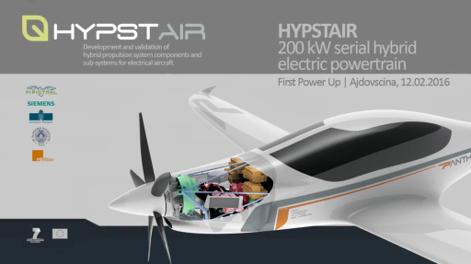
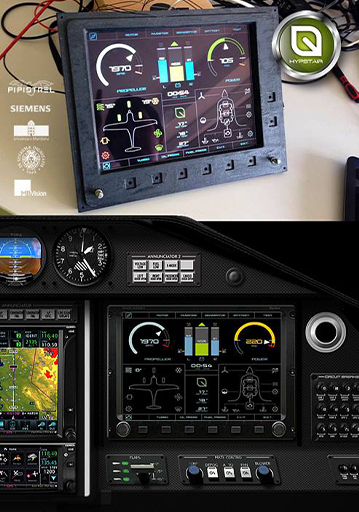

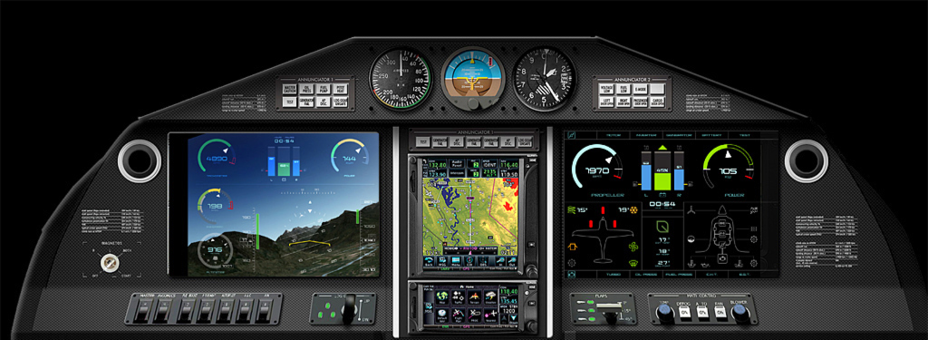

COMMUNICATION
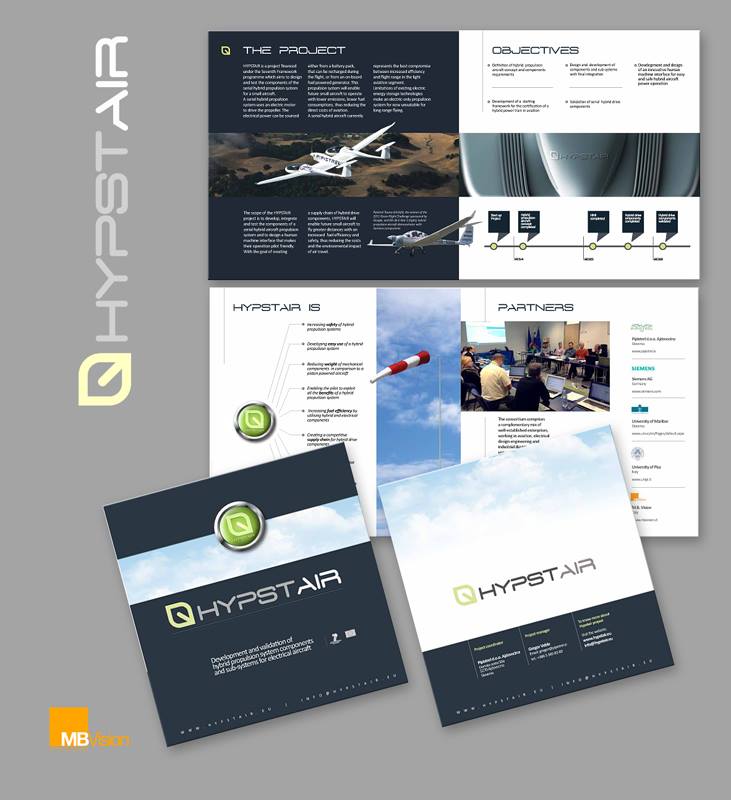
Communication also played a key role in the project. This was communicated and conveyed through a paperback that graphically and visually encapsulated the communication of the project to make it understandable and communicative.
OTHER WORKS FOR Pipistrel

